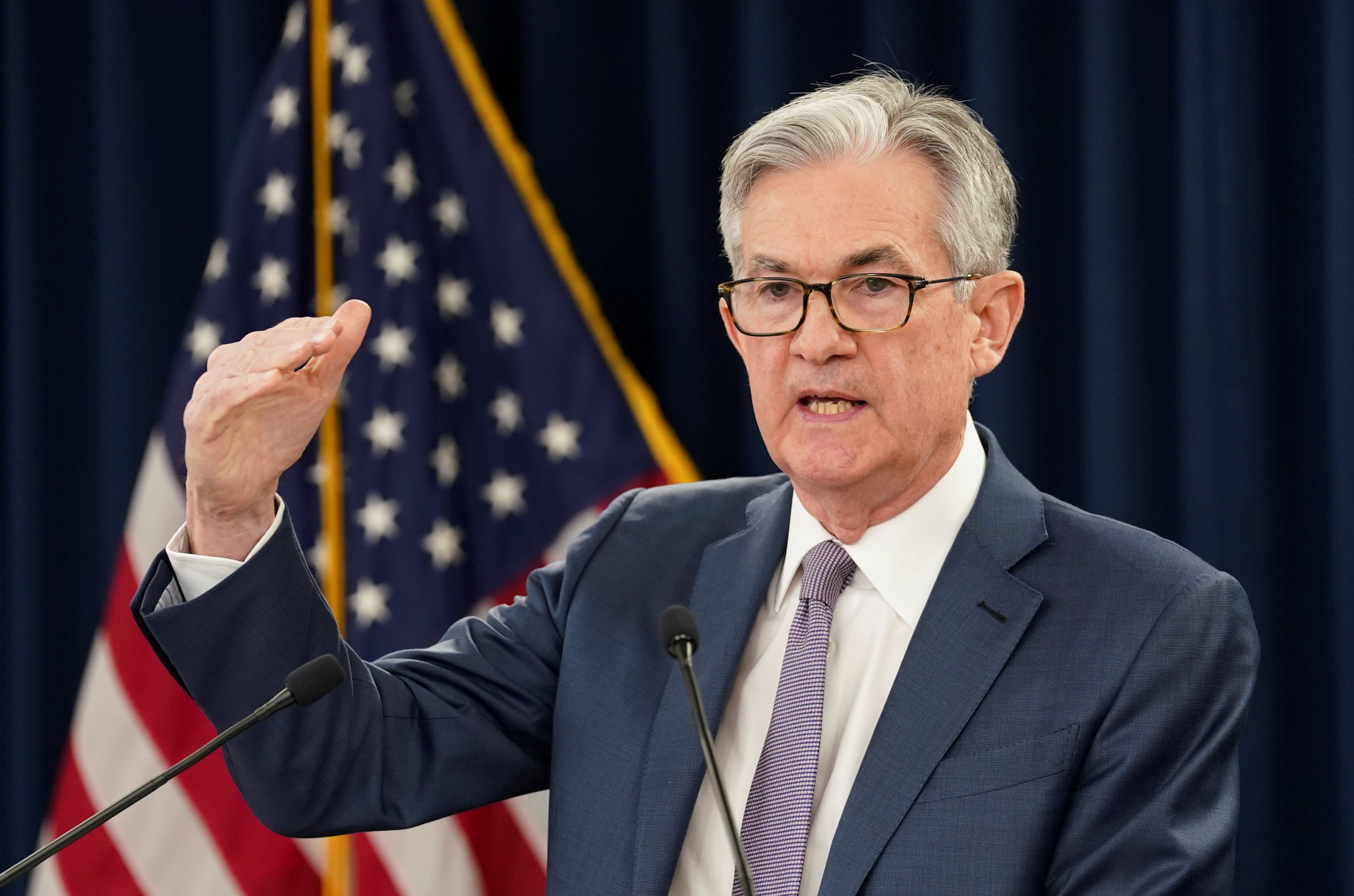The Federal Reserve remains at the center of Wall Street’s attention as investors eagerly anticipate its next rate decision. With economic indicators showing mixed signals, the upcoming policy decisions could have profound implications for markets, businesses, and consumers alike.
The Role of the Federal Reserve in Market Stability
As the U.S. economy navigates the challenges of post-pandemic recovery and global economic pressures, the Federal Reserve’s monetary policy plays a crucial role in maintaining financial stability. Interest rate adjustments directly influence borrowing costs, consumer spending, and business investment, shaping the broader economic outlook.
Current Market Sentiment
Speculation around the Federal Reserve's next move is rife. Some analysts expect the central bank to pause rate hikes to support economic growth, while others predict additional increases to curb persistent inflation. This uncertainty has led to heightened volatility across equities, bonds, and currency markets.
Wall Street’s Reaction
Wall Street’s response to Federal Reserve decisions often sets the tone for global markets. A dovish stance—indicating lower or unchanged rates—could spur a rally in growth-oriented stocks, particularly in technology and consumer discretionary sectors. Conversely, a hawkish tone, signaling further rate hikes, may strengthen the dollar but pressure equities and increase borrowing costs.
Implications for Businesses and Consumers
For businesses, higher interest rates could result in elevated operational costs, particularly for those reliant on debt financing. Consumers may also feel the pinch through increased mortgage, credit card, and auto loan rates. However, restrained inflation could stabilize purchasing power and improve long-term economic health.
The Path Forward
The Federal Reserve’s balancing act between taming inflation and supporting growth will remain a focal point for financial markets. Investors will closely monitor economic data, including employment figures and inflation reports, to gauge the central bank’s future direction. Meanwhile, businesses and consumers must stay agile, adjusting their strategies to align with evolving monetary conditions.
As 2024 unfolds, the Federal Reserve’s actions will undoubtedly continue to shape the narrative on Wall Street, underscoring the intricate relationship between monetary policy and market performance.







